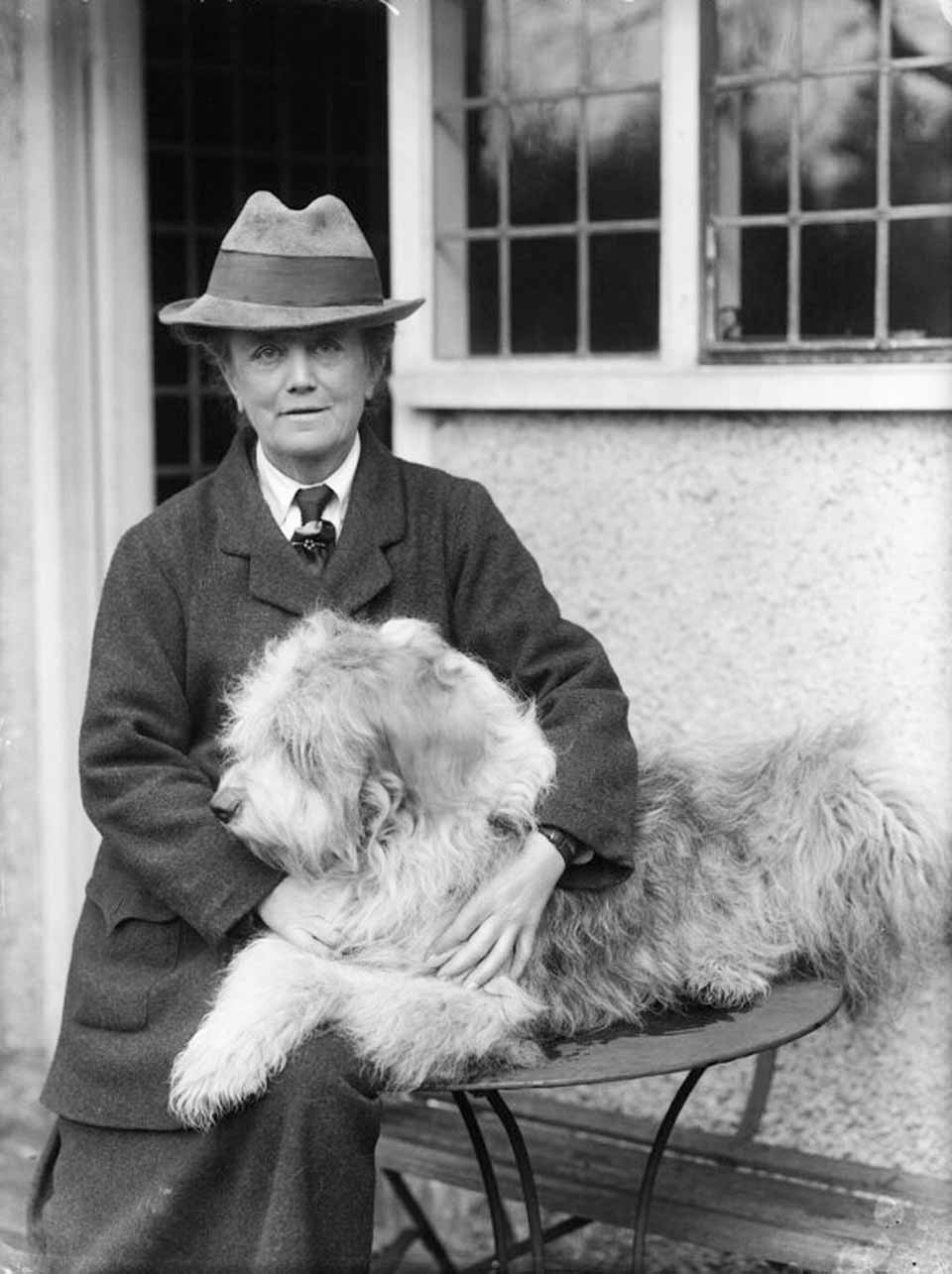
Browsing through some Chopin videos the other day, I was astounded at the number of people, some of them evidently musicians, who labour under the delusion that Chopin’s Minute Waltz has something to do with sixty seconds. It’s simply not true. The piece takes over two minutes to perform at the correct tempo and although it might be technically possible in one minute, the result would be a meaningless blur of notes. The misunderstanding has arisen from the word “minute” which is nearly always mis-pronounced in this context. The word should sound like “my newt” which of course, means something entirely different.
But did you know the original inspiration of the waltz? Well, the story goes that Chopin’s lover, the somewhat eccentric French novelist George Sand (who despite the name, was a woman), owned a small dog called Marquis. Chopin evidently enjoyed the dog’s company and the waltz is said to have been inspired by the sight of Marquis chasing its own tail. The original title of the scurrying and playful piece was Valse du Petit Chien (“Little Dog Waltz”). But perhaps it would be better to use the work’s correct title, which is Waltz in D-flat major, Op. 64, No. 1. This will also give the impression that you are knowledgeable on musical matters, even if you aren’t.
Many composers enjoyed canine company, yet surprisingly few composers wrote music inspired by dogs. The only work which springs to mind is a movement in Elgar’s Enigma Variations. He completed the work in 1899 and dedicated it “to my friends pictured within”. And yes, you guessed it, one of them was a dog. The 11th Variation subtitled “G.R.S” refers to George Robertson Sinclair, the then organist of Hereford Cathedral. However, Elgar later wrote, “The variation has nothing to do with organs or cathedrals or except remotely, with G.R.S. The first few bars were suggested by his bulldog Dan, falling down the steep bank into the River Wye; his paddling upstream to find a landing place and his rejoicing bark on landing.”
It’s well known that Beethoven enjoyed doggy company. So did Richard Wagner though he was once bitten by a bulldog named Leo while trying to free the dog from a chain. The subsequent infection in Wagner’s right thumb led to a considerable delay in competing his opera Die Meistersinger von Nürnberg.
Like Chopin’s friend George Sand, the English composer Dame Ethel Smyth had a penchant for men’s clothing and invariably appeared in photographs with a canine friend. In 1887, she took her dog Marco, an enormous and unruly half- breed St Bernard to a rehearsal of the Brahms Piano Quintet in the presence of the great composer himself. The rehearsal was going well until Marco suddenly came bounding into the room and knocked over the cellist’s music stand. It could have been an awkward moment but Brahms was also a dog-person and was evidently delighted by the ensuing commotion.
Incidentally, after Elgar’s wife died in 1920 (she couldn’t stand dogs) he spent the rest of his life with two canine companions, a spaniel also called Marco and a Cairn Terrier named Mina. On his seventieth birthday, Elgar conducted a live broadcast concert, which he concluded with a short speech. At the end, he said goodnight to Mina, who evidently became excited hearing Elgar’s voice on the radio. On another occasion, Elgar was dining at his club in London when he was called away for an urgent telephone call. “They are on the line now Sir Edward,” the waiter solemnly informed him. When he reached the telephone, other diners overheard loud barking coming down the line and Elgar saying in a firm voice “Don’t bite the cushions.”
George Henry Crumb is one of the grand old men of American music. He is known especially for his exploration of unusual timbres, alternative forms of notation and extended instrumental and vocal techniques which go beyond conventional practice. One of his most popular works is Black Angels, written for electric string quartet in which the players are required to play various percussion instruments. One of the movements, Night of the Electric Insects was featured on the soundtrack of the 1973 supernatural horror film, “The Exorcist”.
Mundus Canis was completed in 1998 and consists of five fairly short vignettes which present portraits of the Crumb family dogs. Unusually, the work is scored for guitar and percussion and includes extended guitar techniques. The dogs featured (in order of appearance) are Tammy, Fritzi, Heidel, Emma-Jean and Yoda. George Crumb wrote that Yoda was a “fluffy-white animal of mixed parentage and mercurial temperament”. During the music, Yoda’s antics earn a scolding “Bad dog!” from the percussionist. Yoda himself appears on the cover of the 2019 DVD, Bad Dog! A Portrait of Crumb.
 |
 |
 |





